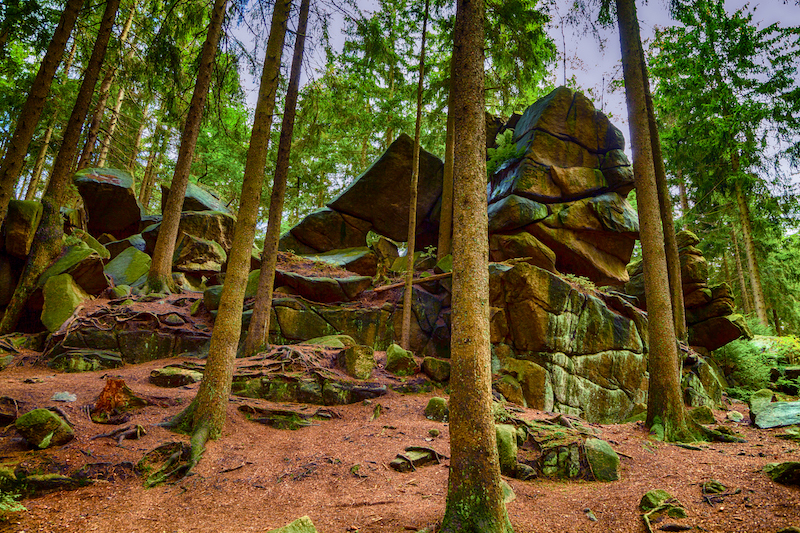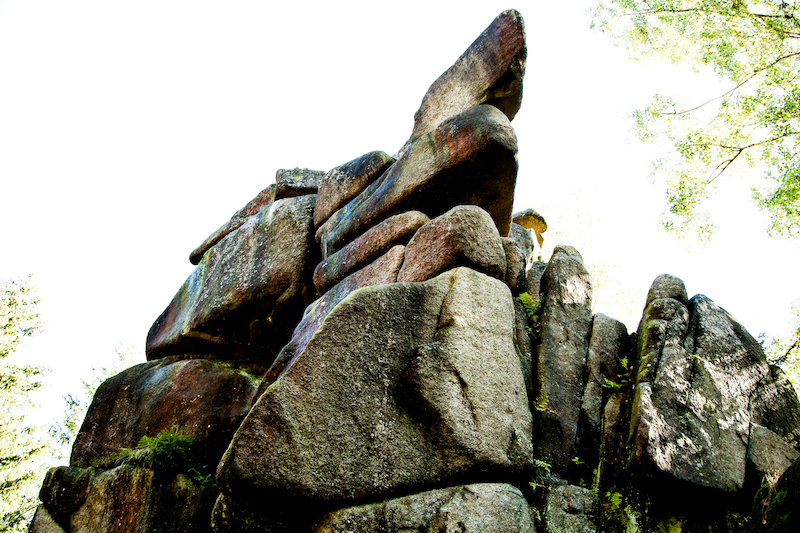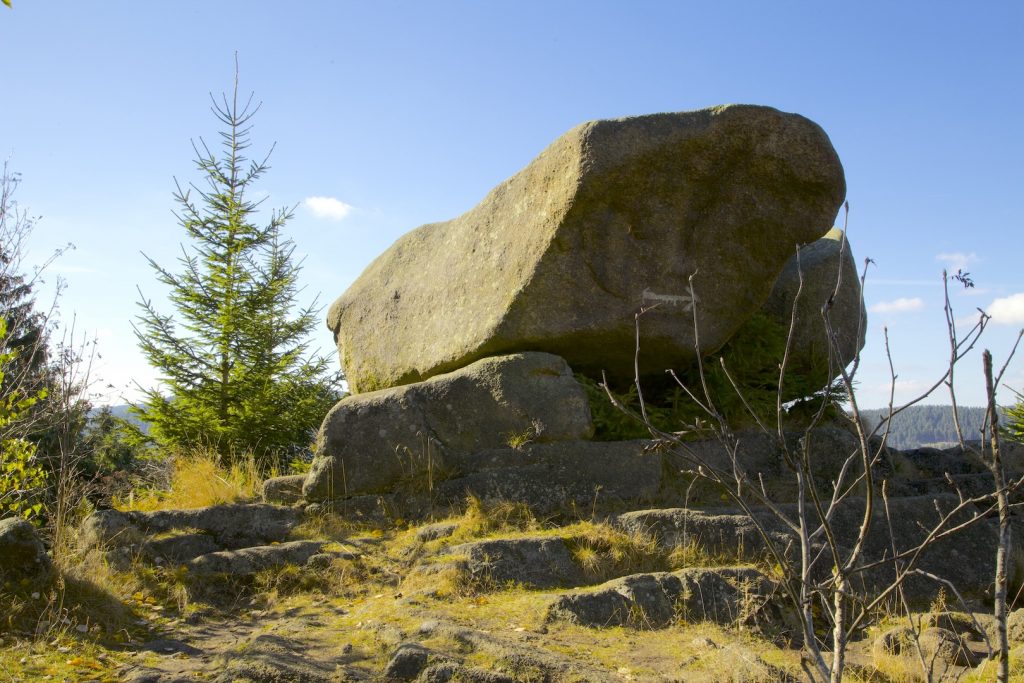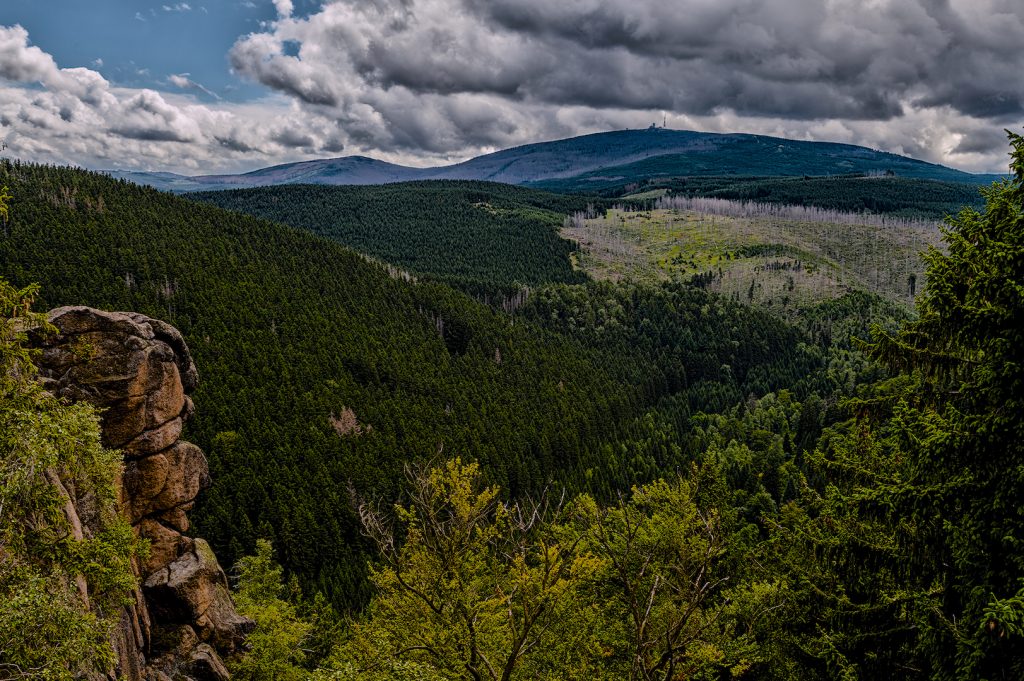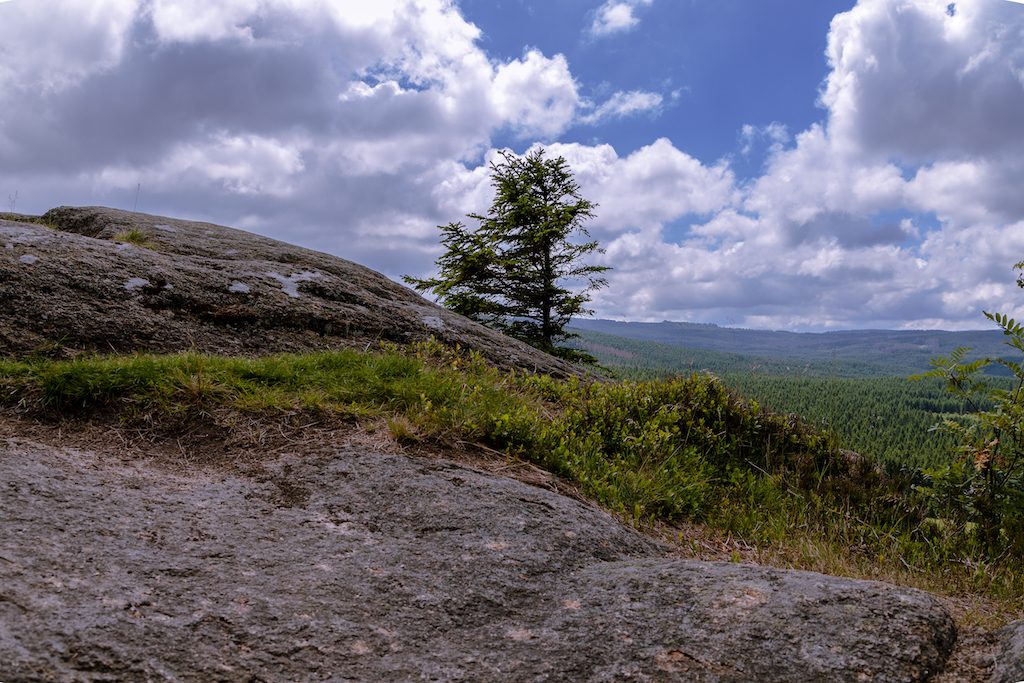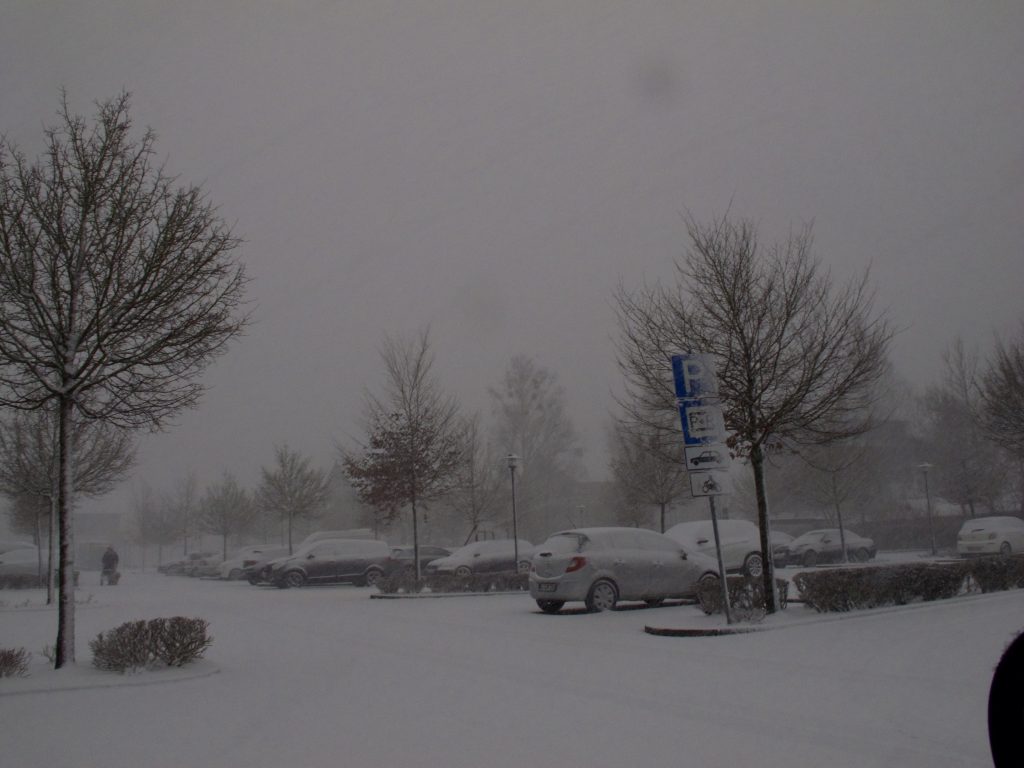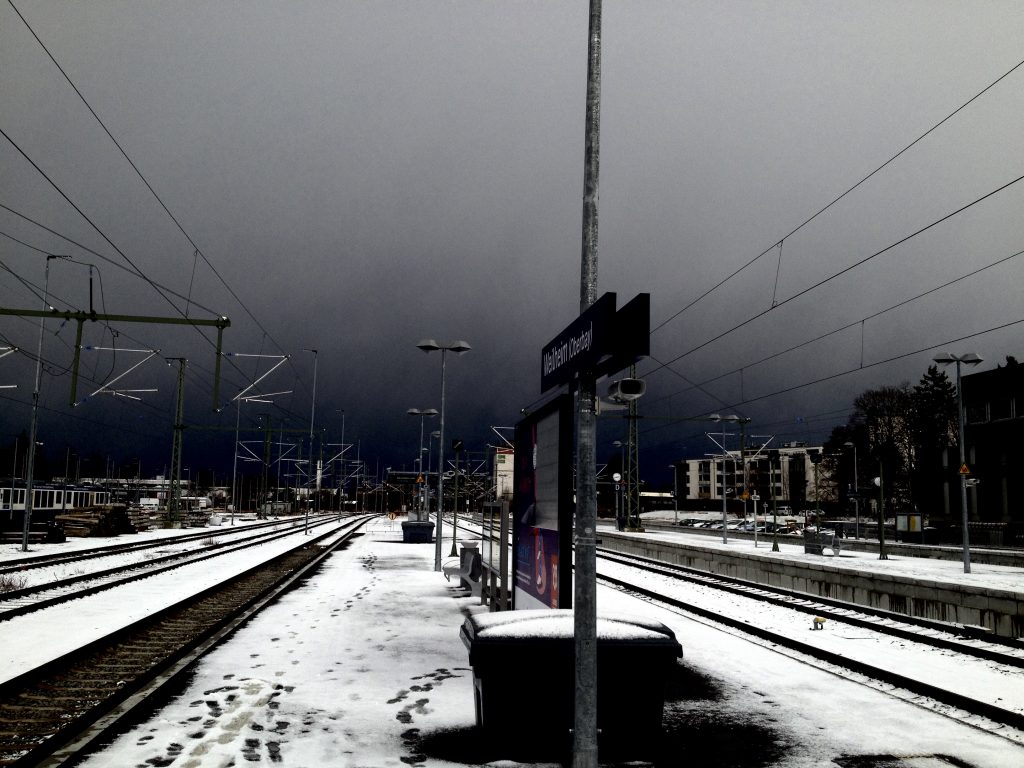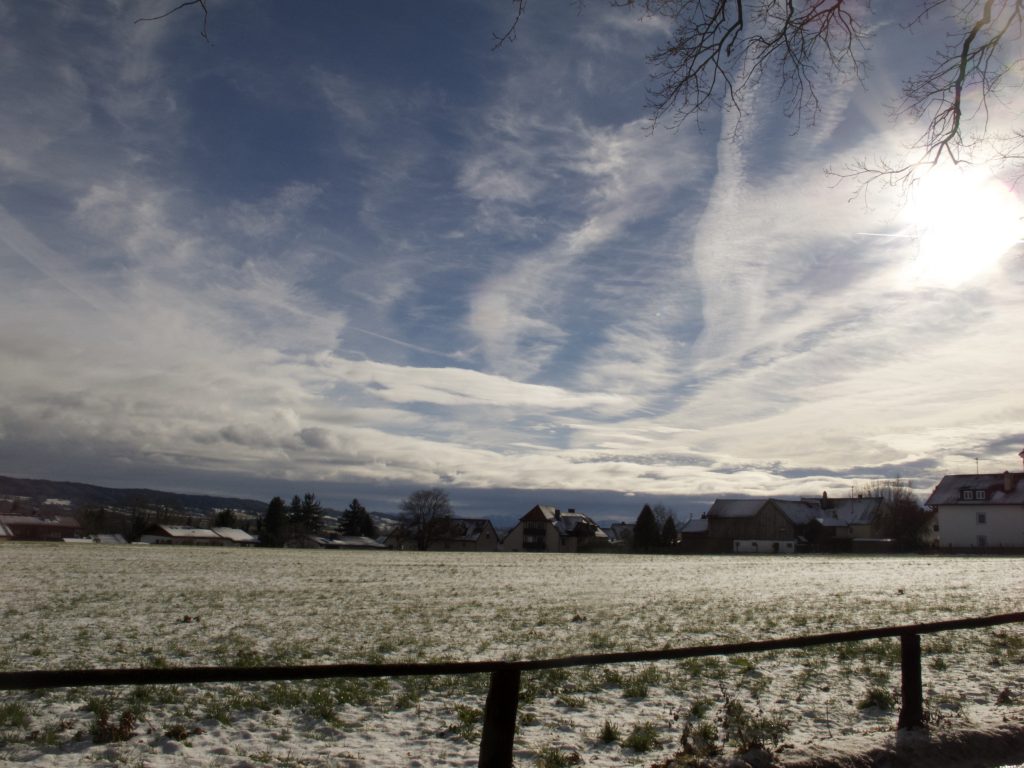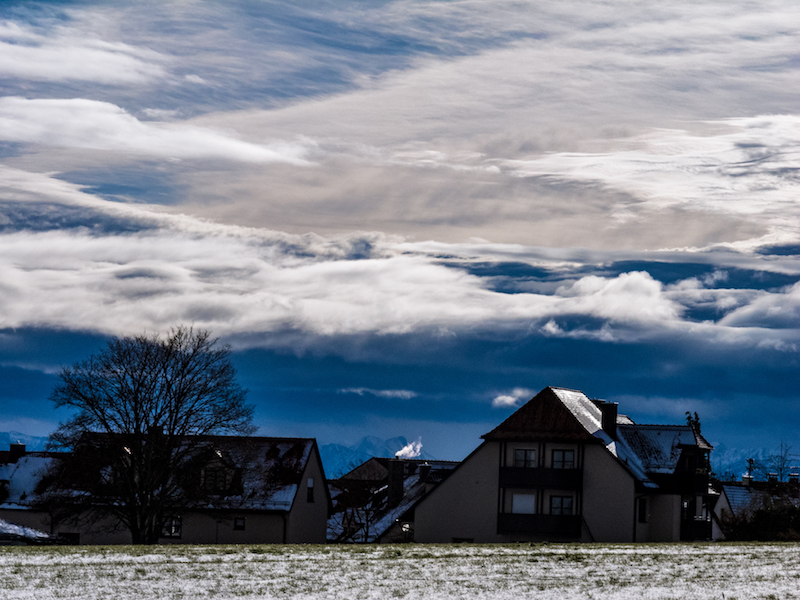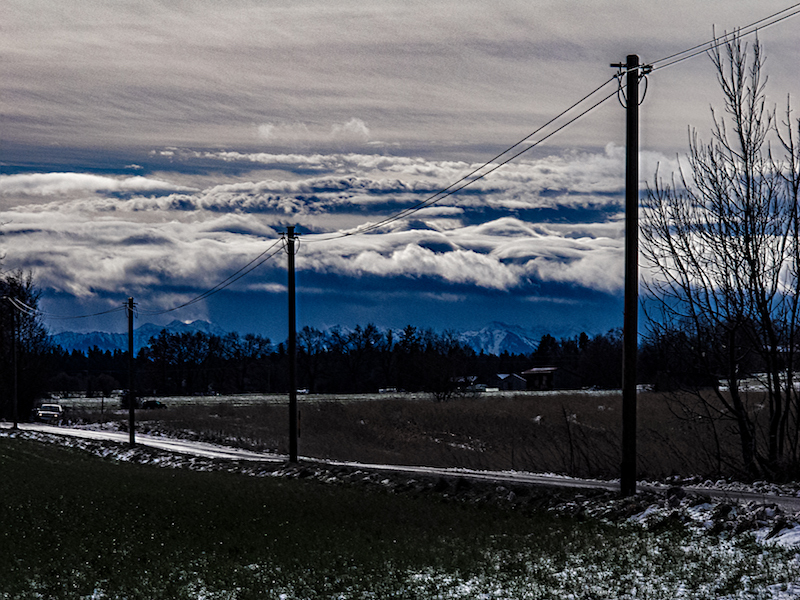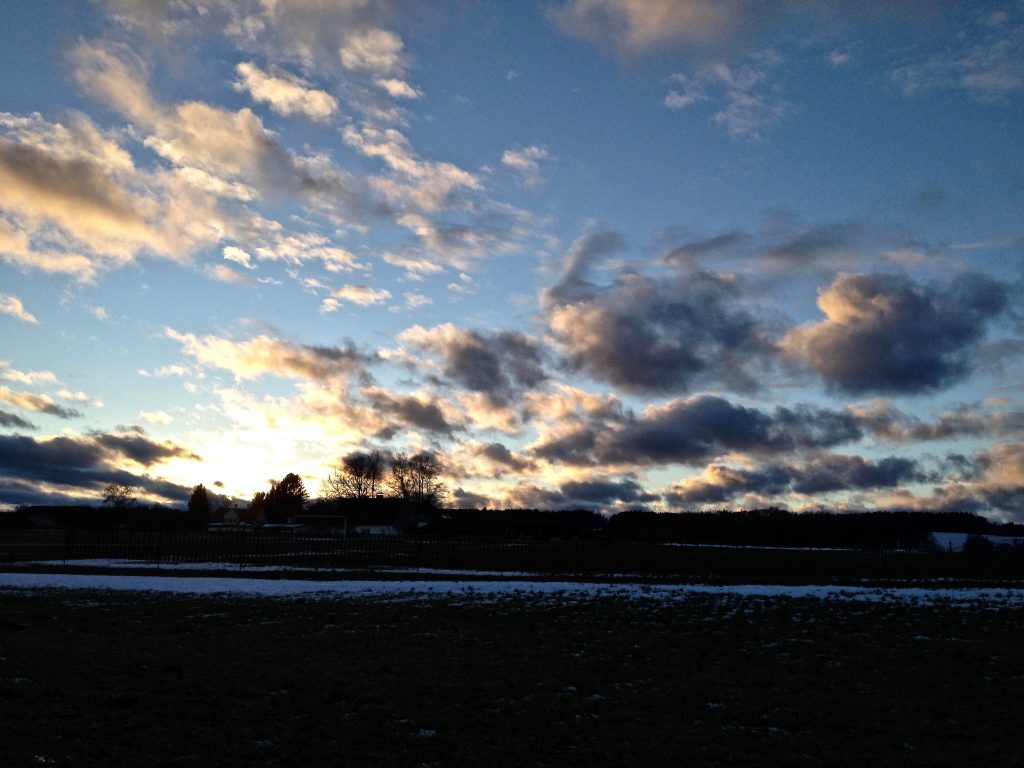Felsenklippen im Harz
Das Harzgebirge inmitten Deutschlands ist eines der ältesten Mittelgebirge in Europa. Anders als die Alpen haben diese Berge ihre besten Tage lange hinter sich. Heute sehen wir die Überreste eines einst stolzen Gebirges. Die konstante Verwitterung hat ihren Tribut gefordert.
Besucher können beeindruckende Ergebnisse dieser Verwitterungsprozesse sehen und wie sich die Natur über die Jahre verändert.
Im Harz gibt es tiefeingeschnittene alpine Täler, aber keine steilen Berggipfel. Der höchste Berg, der Brocken, gleicht an seinem höchsten Punkt mehr einem Plateau als wie einem Berggipfel.
Am Bekanntesten sind neben den endlosen Wäldern und Bachtälern wie dem Bodetal die Felsenklippen.
Die Klippen sind überall in den höheren Regionen des Harz. Sie sind berühmte Felsformationen. Manche von ihnen sind versteckt im Wald, während andere deutlich sichtbare Zeichen und Erhebungen in der Landschaft sind.
An manchen Plätzen schaffen sie tatsächlich einen alpinen Landschaftseindruck wie die Kliffs über dem Bodetal und dem Okertal.
Die Klippen sind oft beliebt bei Kletterern. Sie schaffen Herausforderungen und sollten nicht unterschätzt werden. Oft gibt es aber einen Wanderweg zu ihnen hinauf oder Leitern, die auf die Spitzen mancher Klippen führen.
Aus Sicherheitsgründen gibt es auch oft ein Geländer. Jedoch ist es besser, keine Höhenangst zu haben. Der Blick von der Spitze der Klippen ist fantastisch, aber auch manchmal eine Überraschung mit den gähnenden Abgründen, wenn man die Berglandschaft im Harz doch sonst eher als sanft erlebt.
Ich erinnere mich an eine Wanderung auf den “Ottofelsen”, die ein sehr beeindruckendes Erlebnis war. Aber von dort hinunter in die schwindelerregende Tiefe zu sehen, war eine Herausforderung. Der “Ottofelsen” ist eine prominente Klippe nicht weit von Wernigerode entfernt auf der Nordostseite des Brockenmassivs.
Spektakuläre Klippen gibt es sowohl auf der West- wie auch auf der Ostseite des Harzes. Sie inspirierten romantische Maler ebenso wie Schriftsteller. Johann Wolfgang von Goethe verbrachte viel Zeit im Harz. Er war sehr interessiert an Geologie und studierte die Felsenklippen.
Die Klippen haben immer schon die Fantasie beflügelt. In früheren Zeiten waren sie Kult-Orte und “Hexentanzplätze”. Ein bekannter Platz über dem Okertal ist die “Hexenküche”.
Die Klippen haben immer schon die Fantasie beflügelt. In früheren Zeiten waren sie Kult-Orte und “Hexentanzplätze”. Ein bekannter Platz über dem Okertal ist die “Hexenküche”.
Geschichten und Legenden machten die Felsenformationen berühmt. Manchmal ist ihr Charakter einschüchternd, manchmal sind sie bewundernswert oder einfach bizarr. Die Felsenformationen wirken wie das Werk eines gigantischen Bildhauers.
“Die Hexenküche” ist nicht weit von der “Kästeklippe” entfernt, einem bekannten Aussichtspunkt, wo man auch ein Restaurant findet.
Manche Felsklippen sind nur zu Fuß zu erreichen, während andere, wie die “Rabenklippe” leicht zugänglich sind, denn sogar ein Bus fährt dorthin. Die “Rabenklippe” ist nicht weit von Bad Harzburg entfernt und im Sommer sehr frequentiert.
Ich erinnere mich an die “Scharfenstein-Klippe” als einen besonderen und besonders beeindruckenden Ort. Die “Scharfenstein-Klippe” ist nicht weit von der ehemaligen innerdeutschen Grenze entfernt. Auf der Spitze des Kliffs hat man einen großartigen Blick hinunter in einen endlos scheinenden Wald. Auf der einen Seite sieht man dann das Brocken-Massiv und auf der anderen Seite den Stausee der Eckertal-Sperre.
Die “Feuersteinklippen” bei Schierke sind eine weitere bekannte Felsformation. Majestätisch ragen sie im Wald auf und sehen mysteriös aus. Hier kann man immer interessante geologische Entdeckungen machen. In der Nähe von Schierke befinden sich auch die sogenannten “Schnarcherklippen”. Diese sind eine Felsgruppe, wo manchmal der Wind ein spezielles Geräusch erzeugt, das so klingt, als würde jemand schnarchen. Es gibt dort auch die “Wollsackverwitterung”, ein besonderes Verwitterungsphänomen.
Die Felsenklippen im Harz sind zu jeder Jahreszeit einen Besuch wert. Sie eignen sich auch als Rastpunkte während einer Wanderung. Geeignetes Schuhwerk ist wichtig, da es besonders nach Regenfällen mitunter sehr rutschig sein kann. Bei Gewittern sollte man die Klippen meiden.
Peter Engelmann
